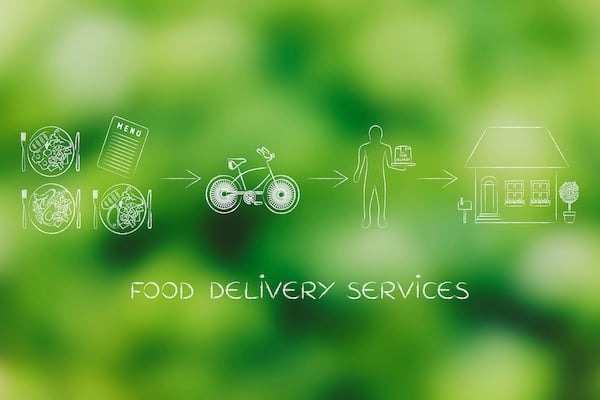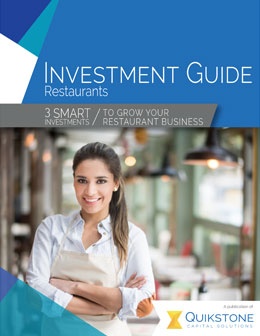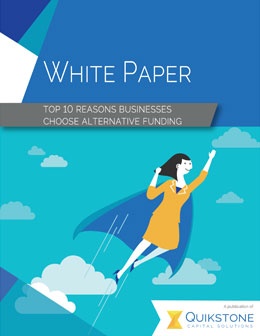 There is news today of the possible merger of Uber Eats and Grubhub. The two food delivery giants are said to be discussing a deal that would result in the biggest restaurant food delivery operation nationwide. Uber Eats has over 100,000 restaurants on its platform, amounting to roughly 20 percent of the market. Grubhub, with about 300,000 eateries, has about 30 percent of the market.
There is news today of the possible merger of Uber Eats and Grubhub. The two food delivery giants are said to be discussing a deal that would result in the biggest restaurant food delivery operation nationwide. Uber Eats has over 100,000 restaurants on its platform, amounting to roughly 20 percent of the market. Grubhub, with about 300,000 eateries, has about 30 percent of the market.
While there has been a significant increase in the use of these and other third-party delivery services during the coronavirus pandemic, there are signs that the industry may have to deal with concern over the delivery fees they charge, which can range from 10 percent to as high as 40 percent. Some cities are moving to cap these costs, including New York, San Francisco, Seattle, and Washington, D.C. In addition to capping fees, cities are also requiring third-party delivery companies to provide customers with an itemized breakdown of every transaction, including the commissions and service fees charged to the restaurants.
Delivery costs are also triggering a growing backlash among consumers who are making the shift to contact restaurants directly to place their orders.
According to a study by the consulting firm AlixPartners, third-party providers are the least-preferred delivery method, with just 18% of consumers overall (and 7% of baby boomers) surveyed selecting them as a favorite.
Not so long ago, these delivery services were considered saviors to many restaurant owners who recognized a need for third-party delivery service. An outside delivery option would allow them to focus on food as well as the customer experience. Initially, the industry welcomed these delivery service operators, and they became profitable quickly.
But it didn’t take the restaurant industry long to realize that while these services provide additional revenue, they also create expenses. Dominos, the pioneer of in-house delivery, has argued the third-party services are "problematic" for restaurants because of the cost. Restaurants pay 15% to 30% in fees for each order, which is a significant expense for any business to absorb.
This social media post from food truck operator Giuseppe Badalamenti, owner of the Chicago Pizza Boss food truck, demonstrates the problem with these delivery services. His GrubHub statement from March shows that he made $1,042.63 from 46 orders and netted $376.54 after delivery-service fees and commissions. Badalamenti said in his post that his earnings are “almost enough to pay for the food.”
Today, anyone who owns a restaurant knows how difficult it is to make a profit. First, there's the competition. Then there's a lack of loyalty among consumers. To entice them, restaurants offer discounts and loyalty programs, further cutting into the bottom line. Profits are slim.
But the negatives don't only affect restaurants. Consumers also pay a hefty price for these services. There's the extra cost. Then there's the wait time. Restaurant customers using third-party services also miss out on the promotions and rewards they would receive if they ordered directly from the restaurant site. With all the benefits combined, consumers can save 10–15% by ordering directly from the restaurant’s website or an app.
Despite the pros and cons of third-party delivery services, no one expects them to go away any time soon. But there are some helpful things restaurants can do. First, negotiate the cost of these services, then begin to develop your own online ordering and delivery services.
Our website has excellent information and resources to help you grow your restaurant. We have a free guide to making smart investments in your restaurant, including developing your own delivery services.
Download it today!





